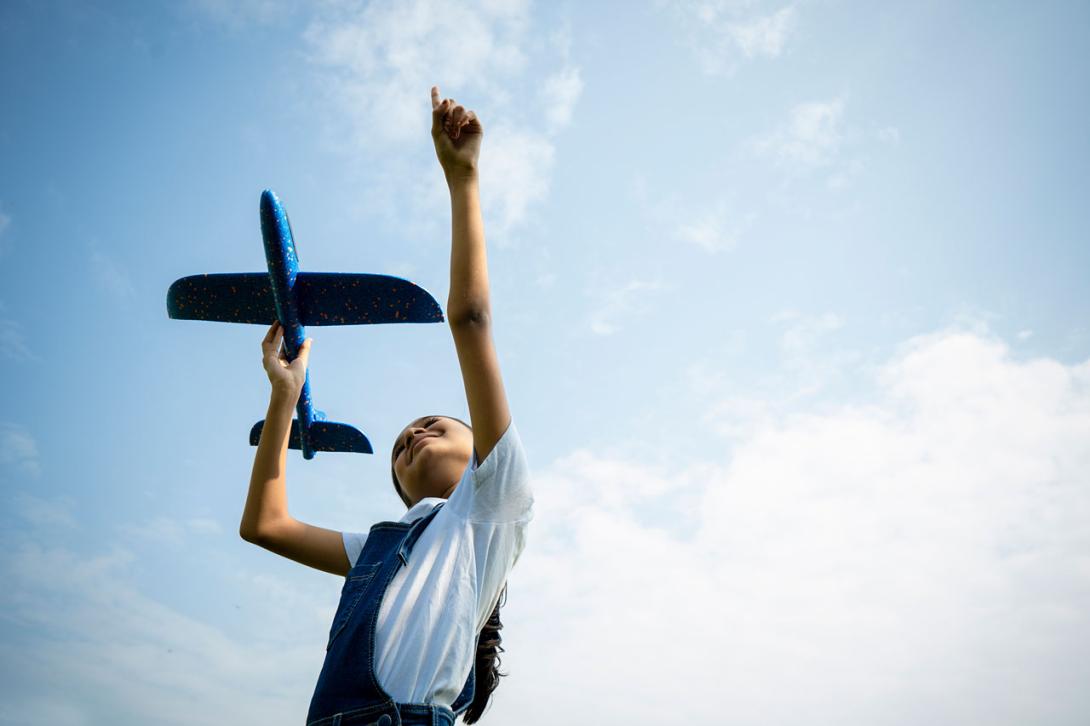
The Women in the Aviation Industry Initiative has been informed by specific sector research and findings from other studies into women's participation in the workforce.
Workplace Gender Equality Agency data
Data from the Workplace Gender Equality Agency shows that in 2023–24 women's representation varied within the Air and Space Transport sector, with women making up:
- 6% amongst technicians and trade workers
- 34% of air traffic professionals (including pilots and air traffic controllers), roles which have traditionally been dominated by men
- 26% of key management personnel
- 10% of CEOs, and
- 28% of governing bodies/boards.
This gender segregation and low representation of women in these typically high-paying roles results in an average total remuneration gender pay gap of 37.2%.
The importance of gender equality
KPMG predicts that if Australia's workforce gender participation gap was halved, our annual GDP would increase by $60 billion over the next 20 years. Gender equality is critical for economic growth and workforce capabilities, particularly in a high performing, globally competitive sector like aviation and aerospace. Diversity is widely recognised as a key to success, bringing with it new perspectives, approaches and ideas.
Barriers for women in the transport sector
Research commissioned by the Department of Infrastructure, Transport, Regional Development, Communications, Sport and the Arts, in partnership with Deakin University and iMove, seeks to identify the barriers between women entering and progressing within the transport sector, by considering factors influencing decision making and career outcomes at various stages in women's career lifecycles.
The research has undertaken a stocktake of 53 initiatives (government and industry) that supports women in the transport sector, including the WAII, which included a gap analysis and case studies for exemplary programs.
Findings of the research and a full report is available at The barriers to women entering and progressing in transport roles.
Research into barriers to the pipeline
The Women in the Aviation Industry initiative funded the Barriers to the Pipeline Research Project to help us better understand the landscape for women in the aviation, aerospace and space industries. The research was conducted by Women in Aviation/Aerospace Australia in collaboration with Monash University, RMIT University and UNSW.
Addressing the ageing aviation workforce
According to Jobs and Skills Australia 2024 data, there is a national shortage of qualified aircraft maintenance engineers (AME) covering avionics, mechanical and structures. This is partly due to an ageing workforce, with the median age for an AME of 49 years, and women only representing 5% of this occupation.
One of the key ways to address this skill shortage is to encourage more women to consider an engineering career in the aviation and aerospace industry.
STEM helps drives the aviation industry
The Department of Industry, Science and Resources, 2023-24 Youth in science, technology, engineering and mathematics (STEM) report found that self confidence in boys and men is significantly greater than girls and women relevant to STEM subjects, excluding science (63% and 61% respectively). Girls and women however are least confident when it comes to studying engineering (28%), followed by technology (54%) and mathematics (55%). The report also found that only 22% of girls aspire to have a STEM-related career.
Targeted programs like the Women in the Aviation Industry initiative will help address this, particularly in male-dominated careers such as engineers, technical experts and aerospace specialists. The Australian Government's strategy for women in STEM aims to increase gender equity. STEM opens the door to a wide range of exciting and challenging career options for women in aviation and aerospace.
If you are interested in exploring Australia's data on women and girls in STEM, take a look at the Department of Industry, Science and Resources, STEM Equity Monitor.